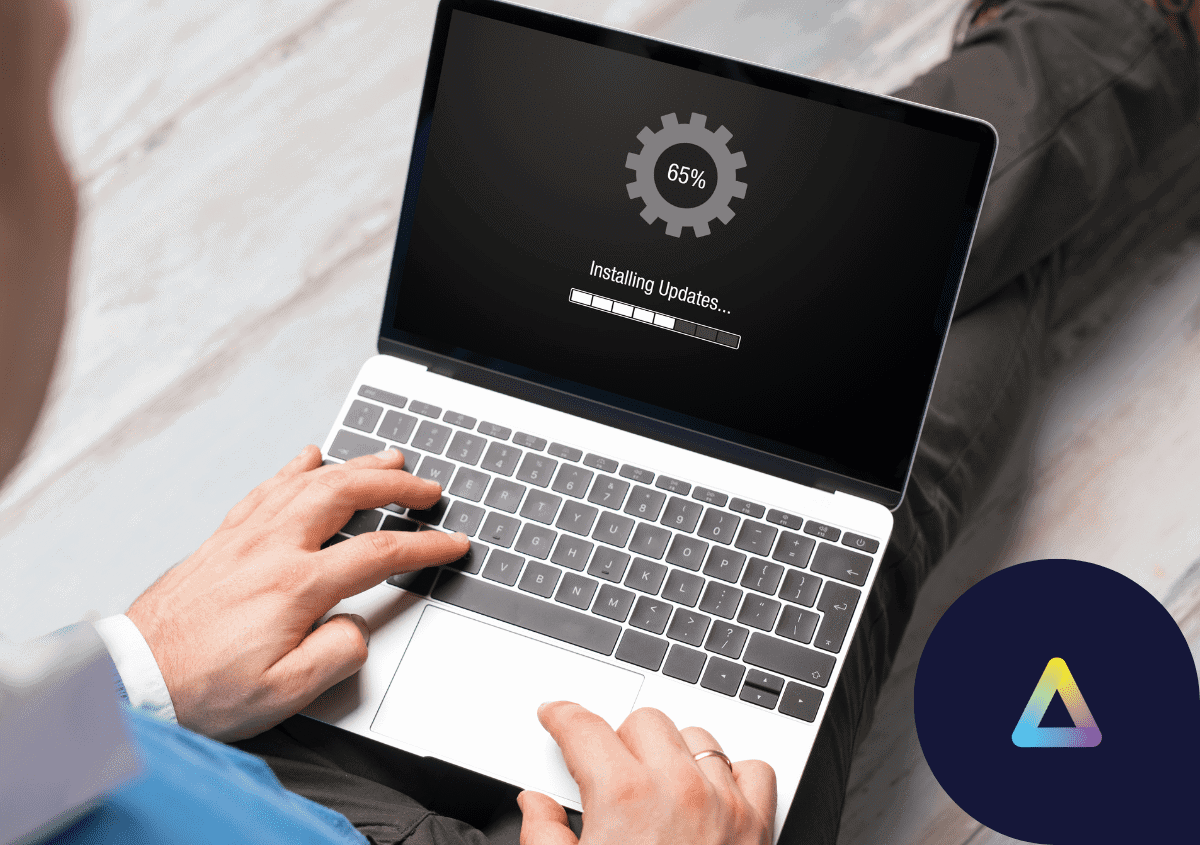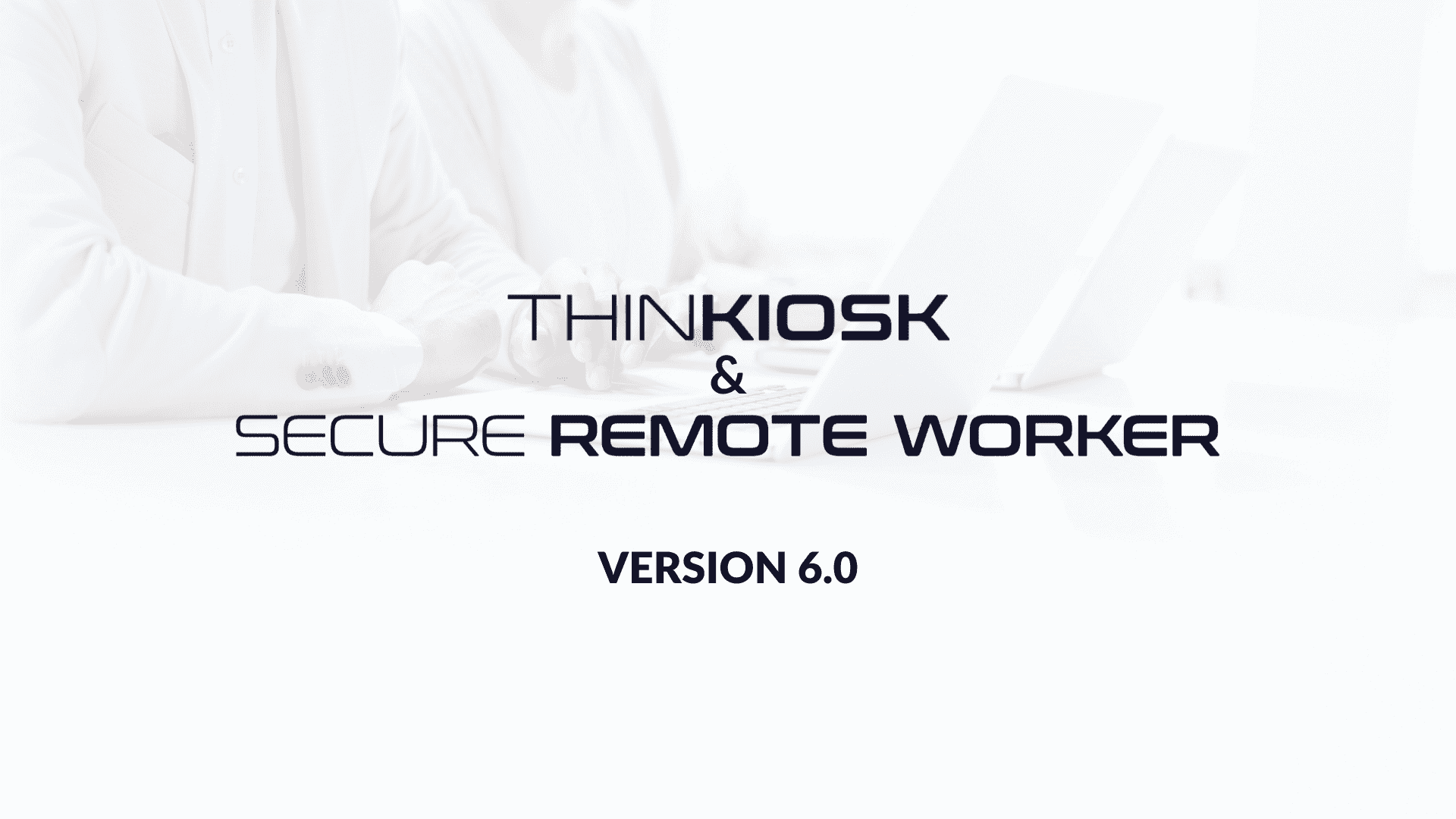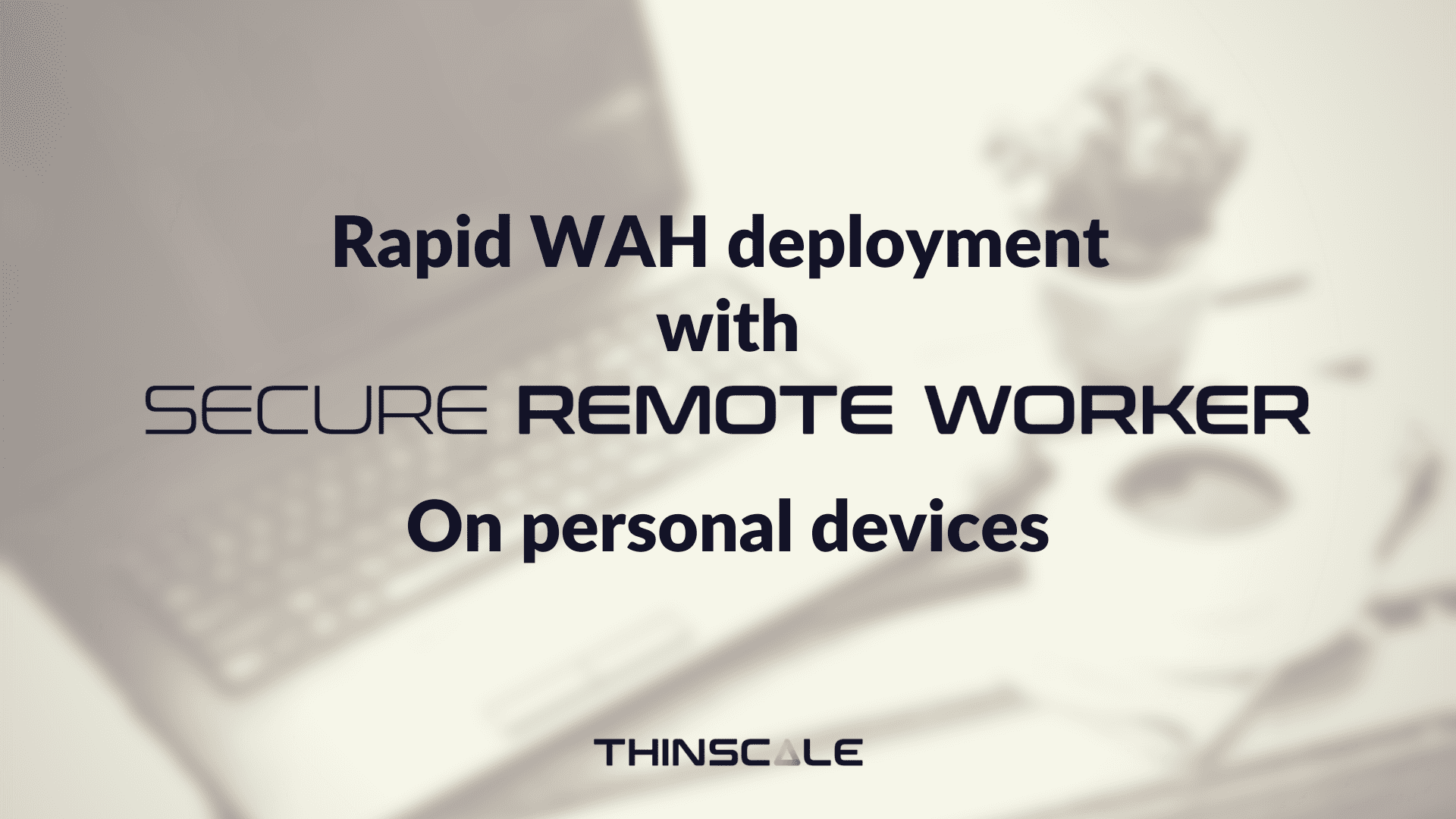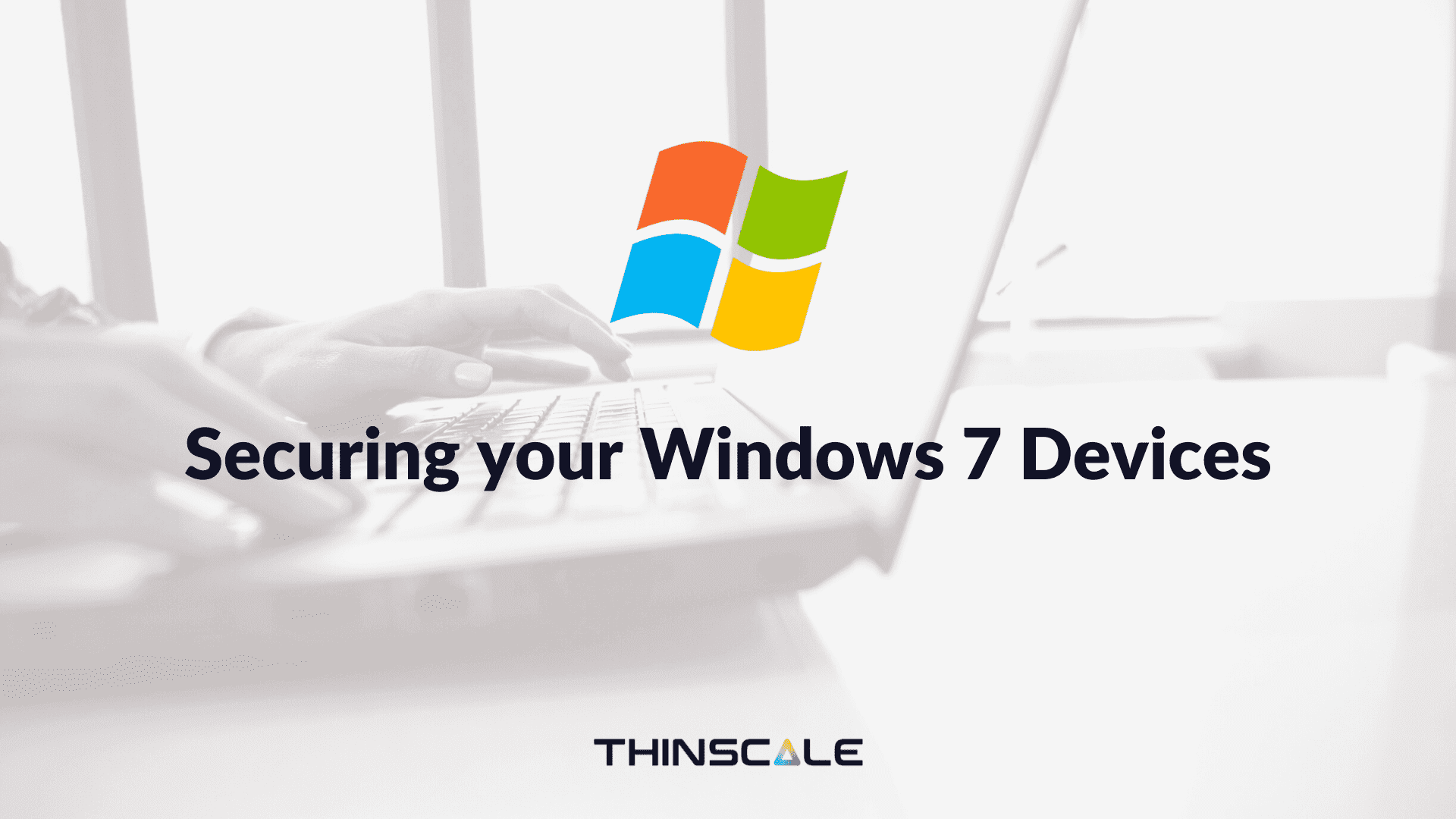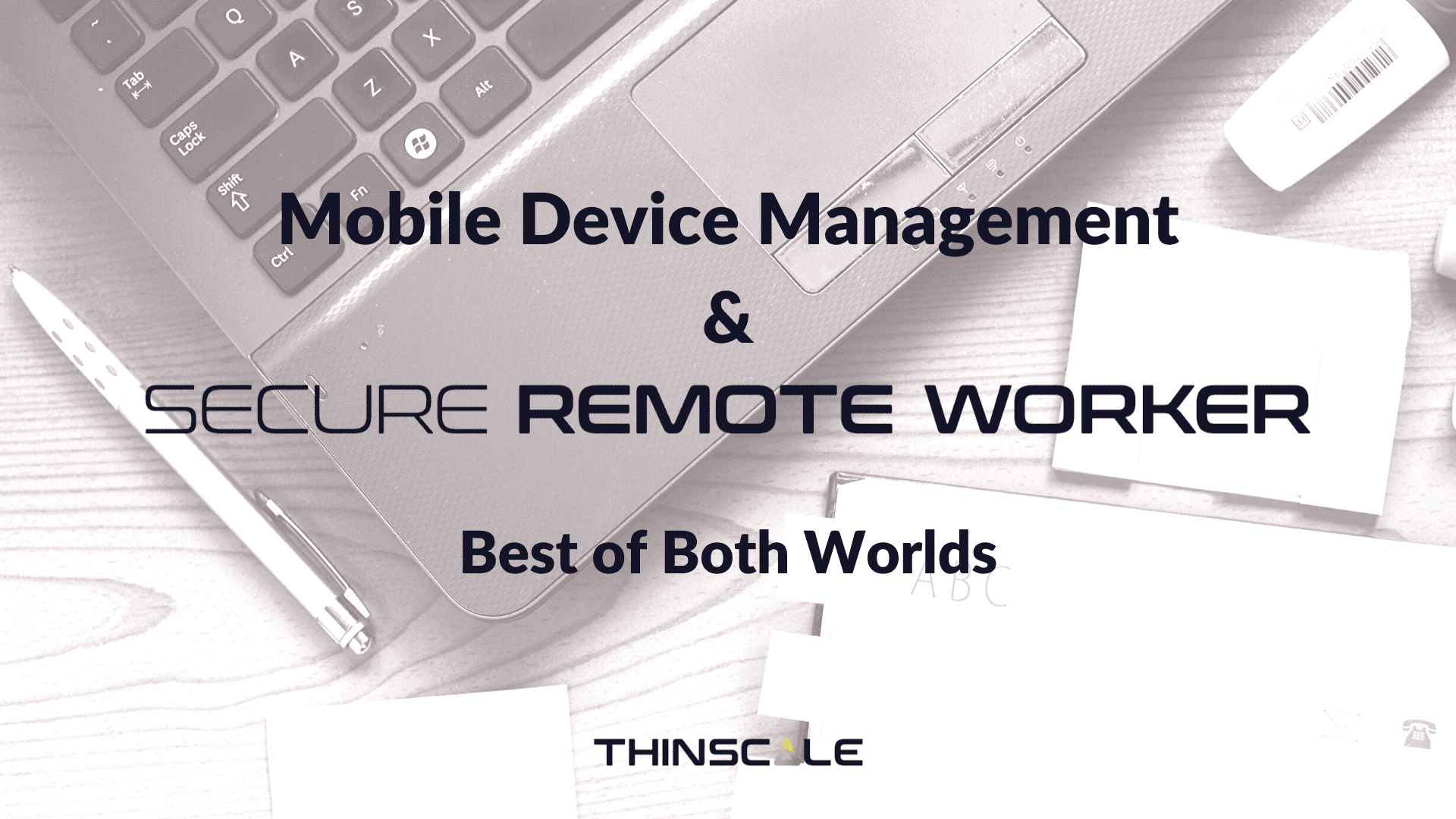The working landscape has indisputably changed worldwide: where we work and how we work has changed dramatically and in the case of the BPO and CX industry, WaH has been deployed on a massive scale around the world. We talked about the speed and scale of the movement from brick and mortar to WaH in a recent webinar with @peteryan and@rodjones. Based on our experience working with some of the leading BPO and contact centers in the world, I want to share five tips for rolling out work at home (WaH) quickly, easily and most importantly, securely.
 Gerard Adlum
Gerard Adlum
WaH: Global insights for the South African BPO and CX industry Webinar
Work at home has become a new normal across the world, with companies embracing what was initially seen as a niche form of work as standard during this pandemic. On May 25th, Peter Ryan of Ryan Strategic Advisory, Brendan Kiely of ThinScale Technology and Rod Jones of Rod Jones Contact Centre Consulting came together to speak about key insights found working within and alongside the BPO and CX industries in South Africa and Worldwide.
ThinKiosk & Secure Remote Worker 6.1
Hello all!
We are happy to announce the release of ThinKiosk and Secure Remote Worker 6.1, bringing a host of enhancements to the existing control features and additions to the end-user experience. In this post we’ve selected some of the major additions to speak about in this update.
Compliance & Meeting PCI DSS, HIPAA & GDPR standards on your endpoints
There’s a lot of movement right now in terms of work at home, how to provision for it quickly in a cost effective way. With this comes inevitable issues around security and, specifically, compliance standards. In this post we wanted to talk a bit about the 3 compliance standards that we see appear the most often in our experience working in the endpoint computing space, what the requirements are for meeting the standards at the endpoint level. At the end of this post we will also tell you how ThinKiosk and Secure Remote Worker meet these requirements, fulfilling a major part of overall environmental compliance.
ThinKiosk and Secure Remote Worker 6.0
Hello all!
Happy to announce the launch of ThinKiosk and Secure Remote Worker 6.0, both of which come packed with new features we’ve been hard at work on and much requested by our customers and their users. In this update we have introduced convenience for administrators In this post we are going to be going through the major updates in this release.
Rapid WAH deployment with Secure Remote Worker on Personal Devices
IT departments are under extreme pressure to roll out dynamic and scalable work-at-home environments as quickly as possible due to the COVID-19 pandemic. The timeline is “ASAP. Like yesterday” as Brian Madden and Shawn Bass humorously referred to in their recent article. But how do you provide WAH-ready endpoints for agents/employees “yesterday” without sacrificing security and control? The only way to achieve this is by using Secure Remote Worker on personal devices. In this post I will explain why this is.
Implementing Work at Home? Security considerations for your virtual environment
With recent events we understand that business continuity is one of the things at the forefront of everyone’s mind, with more organizations closing their office locations temporarily and looking to implement home working as part of an overall business continuity plan. In virtual or remote environments, it’s tempting to think that you just need to provide your employees access through a browser or portal application for use at home and leave it at that, but this is not the case. When providing home working for your employees, security is obviously paramount, but one must also consider scalability, manageability, and of course, the end user experience. While it can be difficult to roll out corporate devices to the entire workforce, if you do decide to allow the use of personal devices then there are steps that can be taken to mitigate risk.
Securing your Windows 7 Devices
Windows 7 has been out of extended support for months, however, to no one’s surprise there are still a huge number of Windows 7 devices being utilized in the workplace across multiple industries, with around 25.6% of all devices are still running the operating system, Windows 7 is not going anywhere overnight. That is not to say people AREN’T moving however, the amount of reported Windows 7 devices are dropping at rates similar to XP. Environments are making the move to Windows 10, it’s just a much longer process than we give it credit for. So what exactly takes so long?
The issue is not with notice, we have known about EoL for a long time, the issue, as it often is with IT, is with prioritization. There are a lot of considerations and steps that go into upgrading an OS in a workplace and the idea of disrupting workflow and ignoring current “fires” to provision for what is (or was) seen as currently working fine is for many just was not a feasible undertaking.
Securing end users and endpoints with thin client computing
Drawing on my twenty plus years of working within end user computing, I can safely say that the weakest link in any end user computing environment when we talk about security, are the end users and the devices which they use. We talk a lot about securing the edge of the network, and for me, the edge of the network, when it comes to end user computing, stops squarely with the end users.
Best of Both Worlds: MDM & Secure Remote Worker for BYOD
BYOD is quickly becoming a valid and even preferred option in the workplace,


